Serbian economy in 2016 and beyond
Friday, 23.12.2016.
13:18
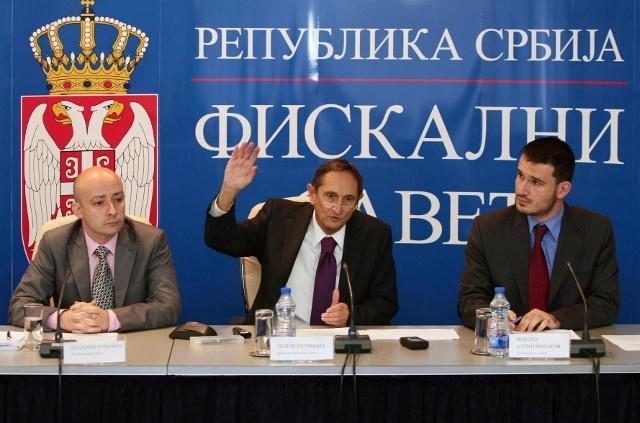
Serbian economy in 2016 and beyond
At the same time, Serbia recorded GDP growth of 2.7%, which is quite an achievement compared to only 0.8% in 2015 and the near stagnation of the preceding years. Growth in 2016 also came as a positive surprise, having been forecast to total just 1.8%.In a regional context, Serbia is still growing at a rate below the average, with the economies of Southeast Europe growing at an average of four per cent in 2016. Interestingly enough, the growth recorded regionally also came as a surprise, having initially been forecast at 3.5%.The latter suggests that, by and large, some common external factors are driving growth in the region, rather than specific country policies. Some obvious candidates are, first, low oil and commodity prices, given that all countries in the region are oil and commodity importers. Another growth driver might be the slight recovery in the Eurozone and the EU, with an increase in import demand, including demand for goods and services from SEE. This tide may have lifted all boats.
Like most other SEE economies, Serbia should use this wind in its sail to lay firm foundations for sound and sustainable growth, as favourable external growth drivers may well be reversed. The complacency with its achievement, which seems to be emerging in Serbia, might easily backfire. Public debt is still very high in Serbia: 74 per cent of GDP, and any adverse external shock, e.g. a sharp increase in the oil price, may trigger recession by causing a rise in the budget deficit and already high public debt, making it unsustainable.
To be on the safe side, Serbia should further decrease its budget deficit and, thus, its debt in the years to come, as even a balanced budget would deliver a relatively sustainable debt-GDP ratio of 50 per cent in only about 10 years.
The main risk for fiscal consolidation, and hence macroeconomic stability, comes from unreformed public utilities companies and state-owned enterprises – loss makers. Apart from Serbian Railways, restructuring has not yet started at either EPS (Electricity utility) or the Serbian Gas Company. The privatization of SOEs, planned for 2016, has not materialized, and as a consequence their losses continue to accumulate, a big chunk being in the form of non-payment of bills for electricity and gas.
It was this nexus of large public utilities and loss making SOEs that led to the large increase in the budget deficit and public debt in the years up to 2016, and is threatening to do so again in the years ahead. Addressing this problem should top the government’s agenda.
Besides macroeconomic stability, another condition for viable growth in Serbia in the next few years is investment and the resulting increase in net export – relying on consumption, private or public, would only deliver a short-lived increase in output. Public investment in infrastructure has been catching up in 2016 and is planned to be increased in the medium term to the desirable level of 4 per cent of GDP.
The decisive role, however, belongs to private investment, which is lagging behind and currently stands at 15 per cent of GDP, while the average for comparable SEE economies is 18%. To boost the investment required for sound economic growth, the Serbian business climate must be sharply improved, especially as regards the state of its judiciary.
Pavle Petrovic is president of the Fiscal Council of Serbia, an independent state body that answers to the Serbian National Assembly
This article originally appeared on the website of the CorD Magazine




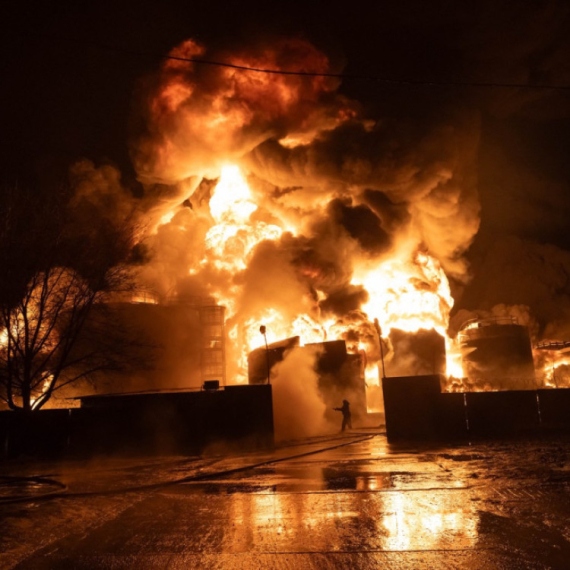

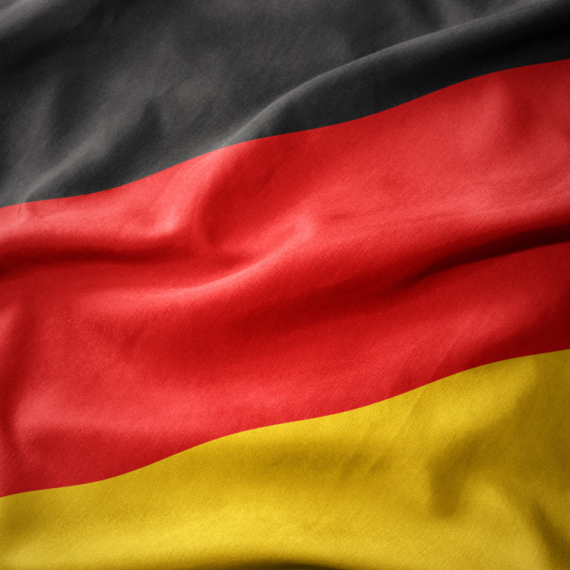



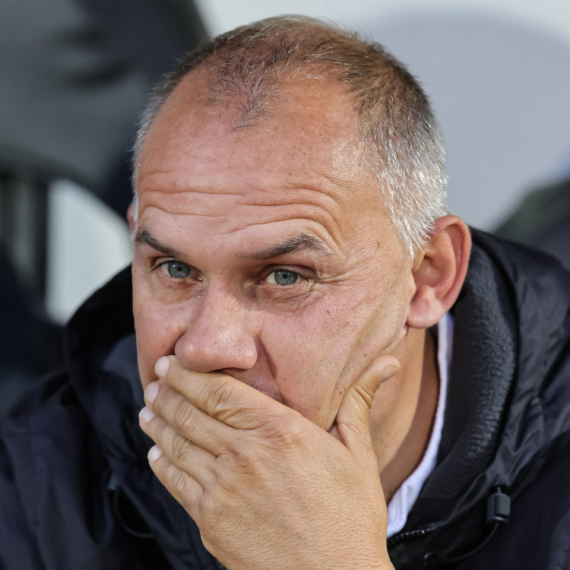


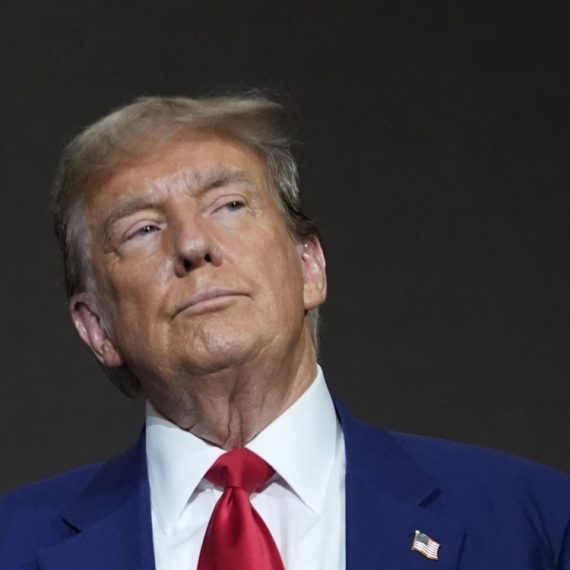

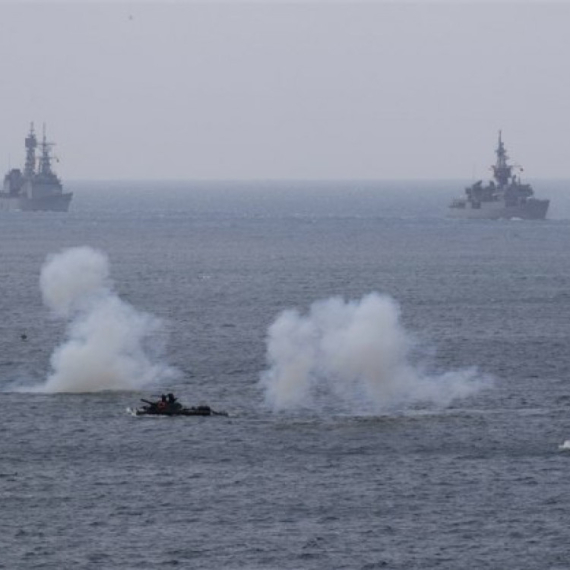
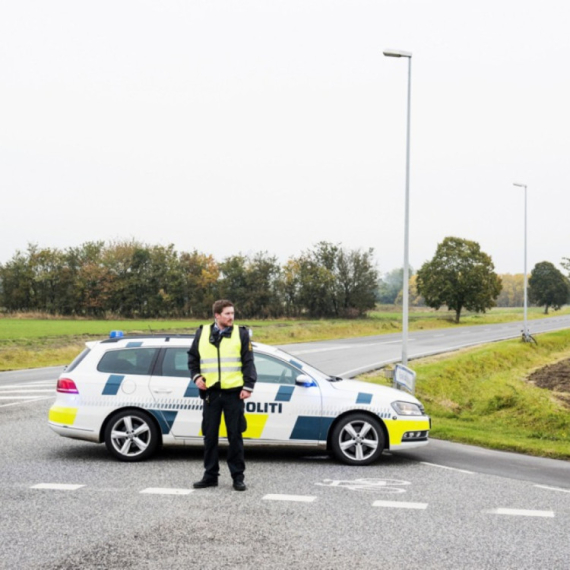

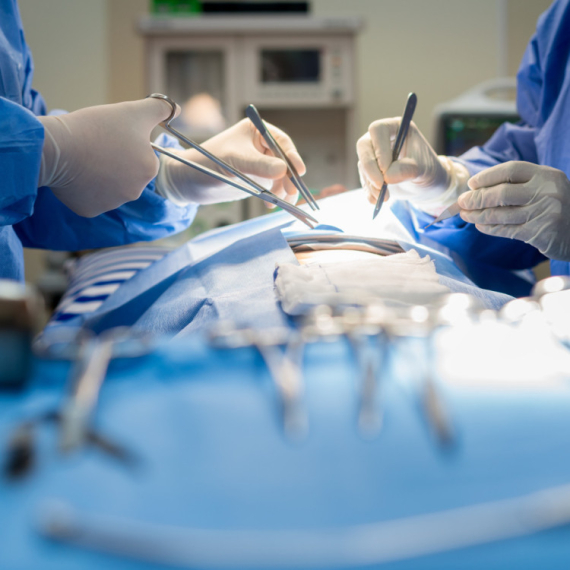


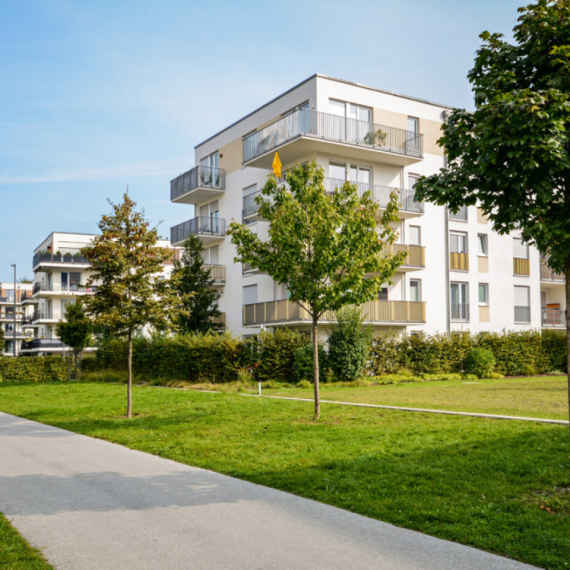














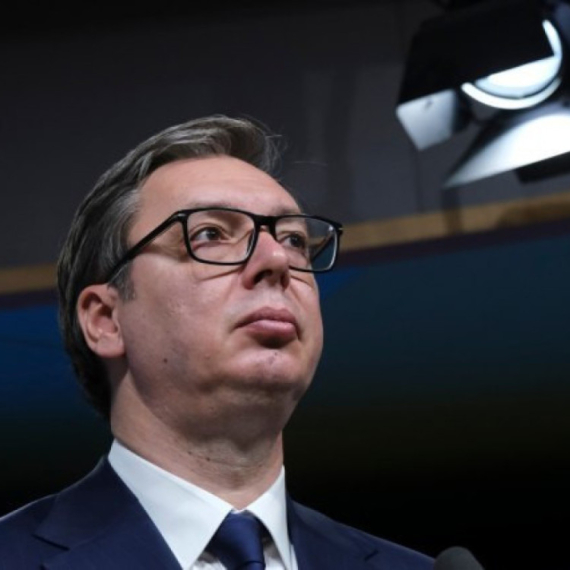

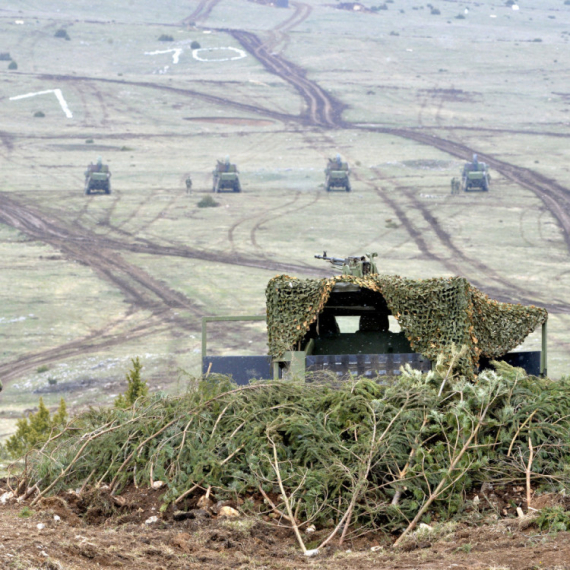
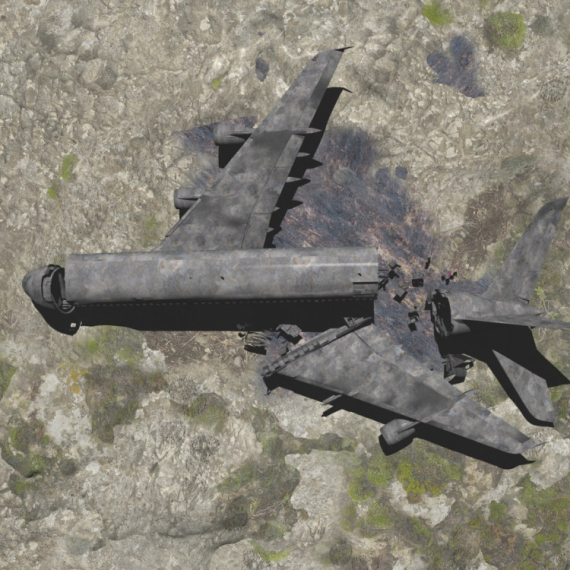
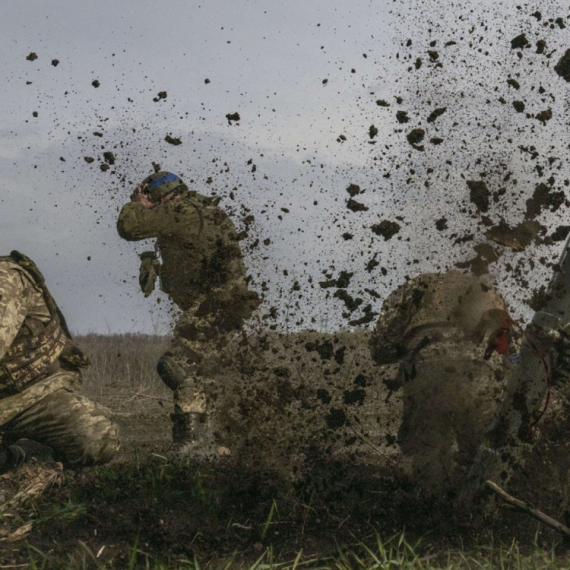









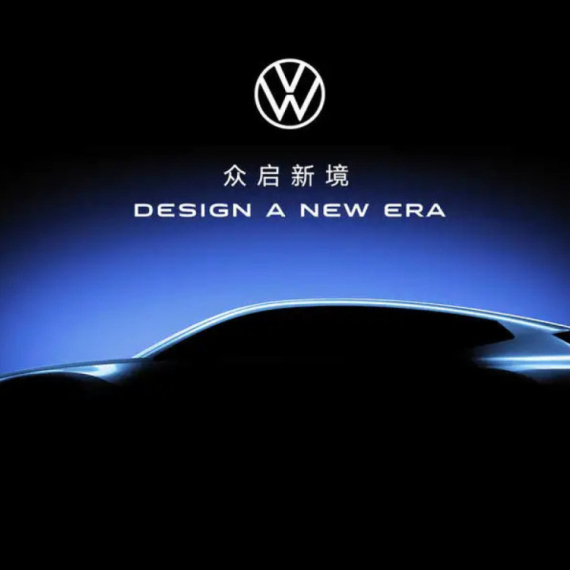



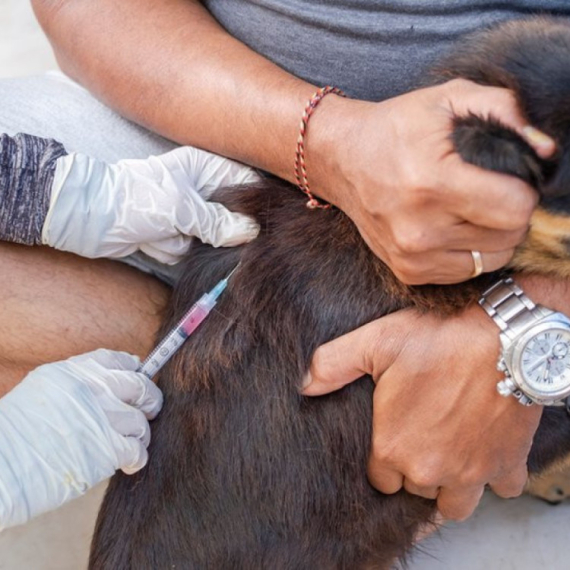


Komentari 0